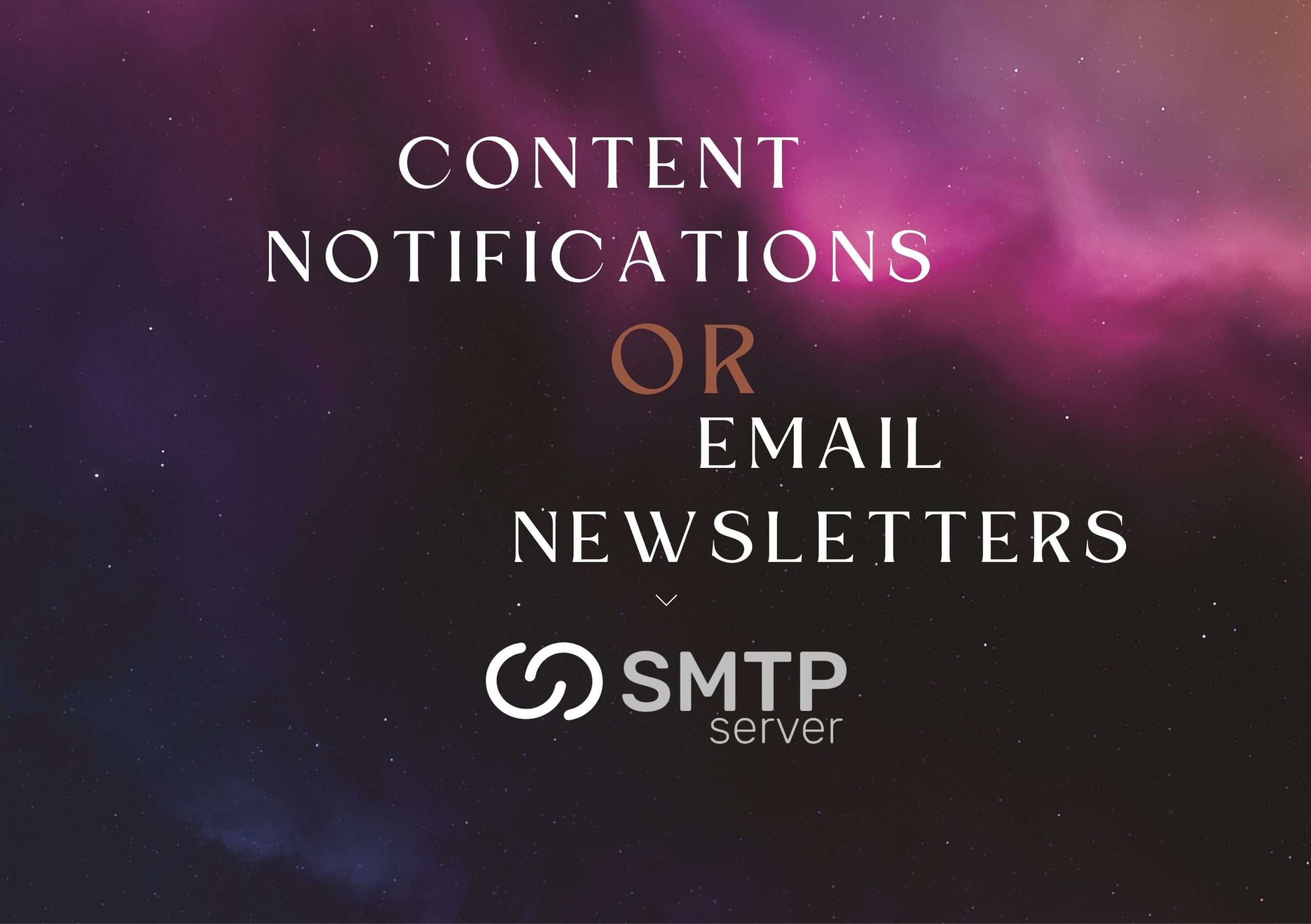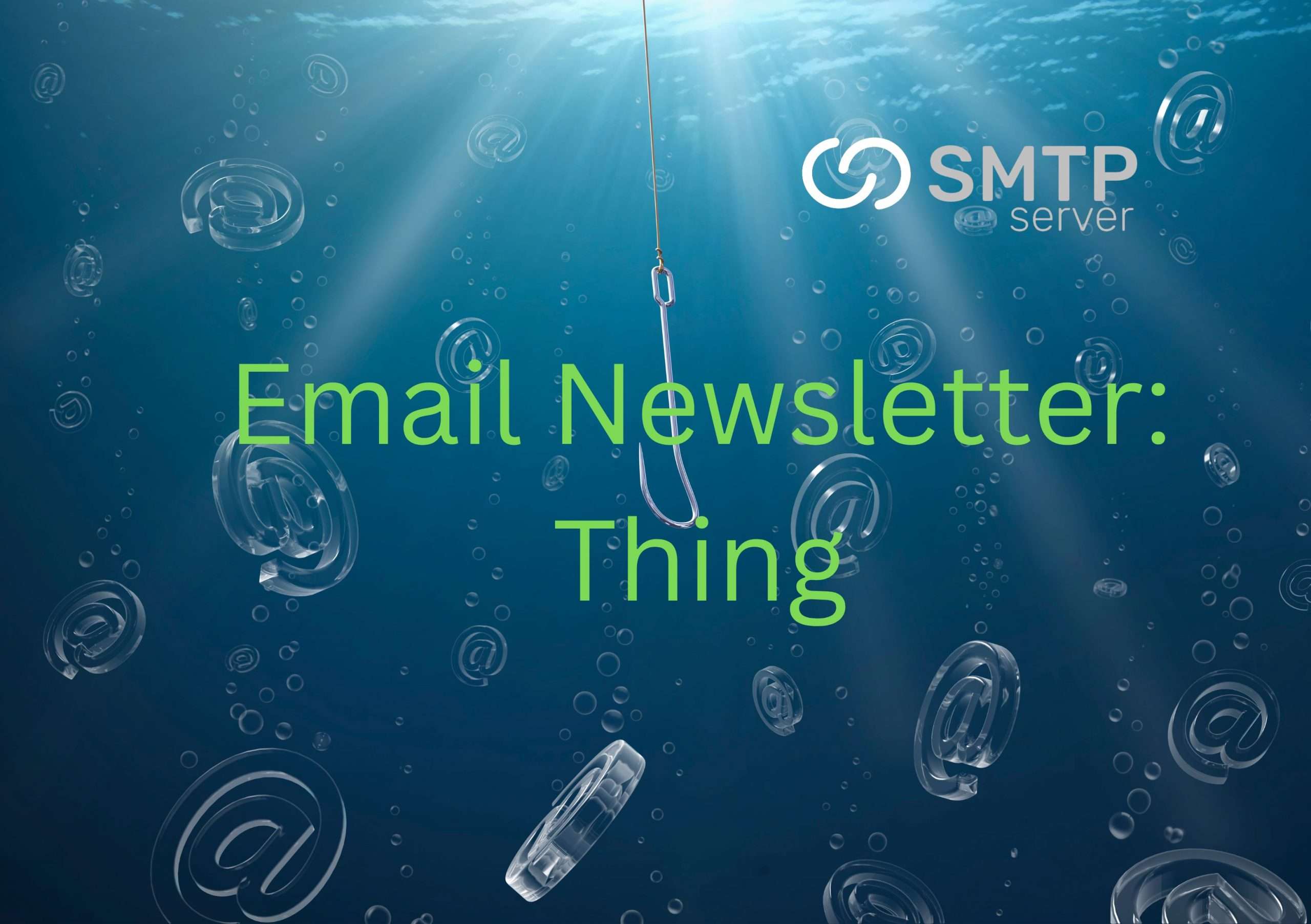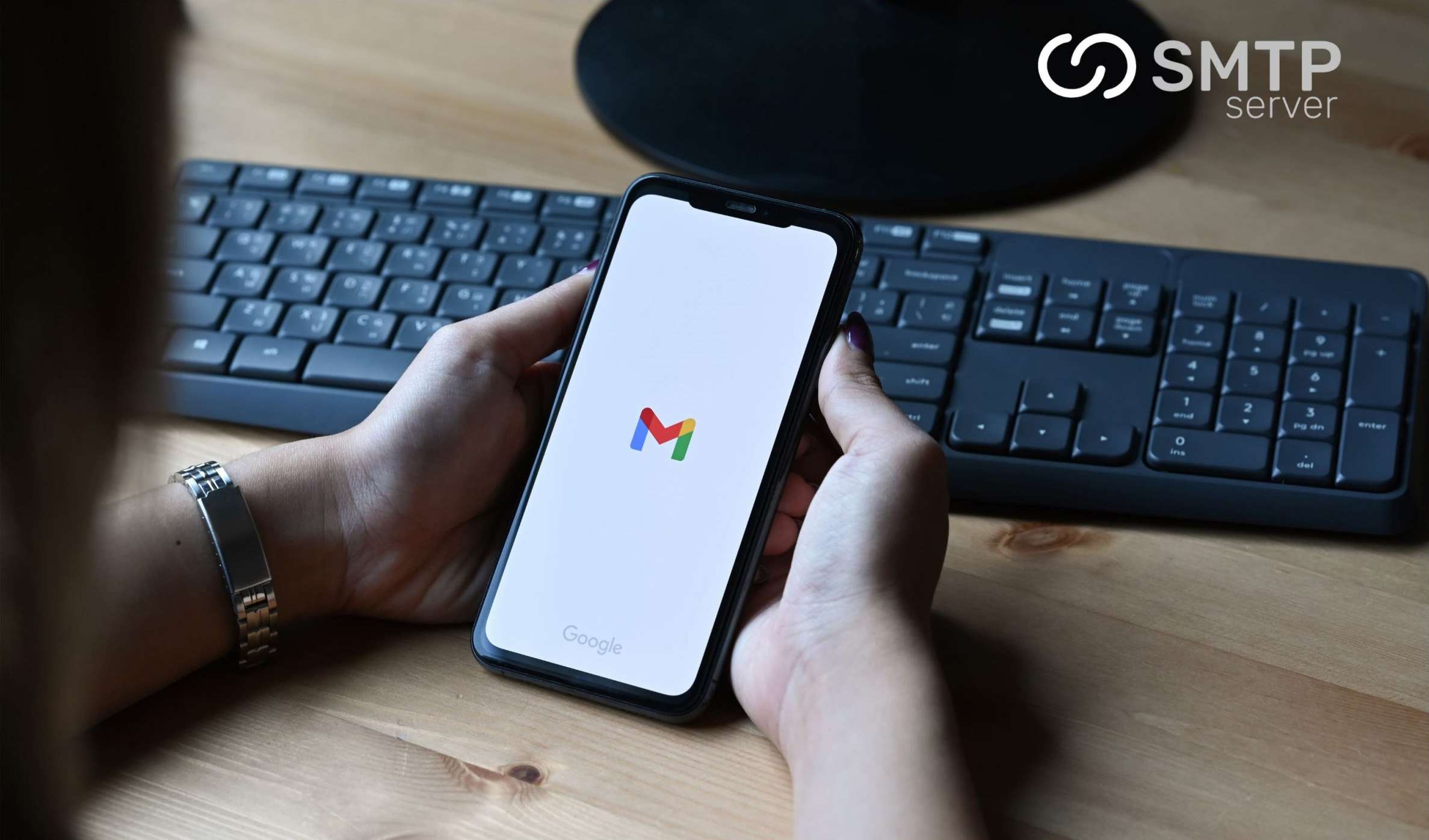10,498 total views, 36 views today
You’ve probably spent a lot of time as a marketer planning, making, and polishing the promotional content for your email programme. But how do you plan to get people to read it? Don’t ruin that effort by thinking about how to send emails as an afterthought.
If you’re not sure which types of distribution methods will work best for you, you’re in luck. Below, the main options are broken down by their pros, cons, and things to think about.
Option 1: Send the content through a reliable and consistent newsletter
The newsletter is one of the older ways to spread your content and news, but there’s a reason why it’s the OG of email marketing. When done right, the newsletter brings in and keeps your audience’s attention because they know a) when your content is coming and b) what kind of content they will get.
But, when planning your editorial calendar and schedule, you should think about what could go wrong with newsletters. Newsletters take a lot of time, at least if you want a good one, and you have to stick to a set schedule for sending them out, for better or for worse. On the right is SendGrid’s quarterly newsletter, which shows how a simple, clean newsletter can look.
Option 2: Let readers know about new content
When you add new content to your website or marketing channels, a content notification sends an email to a list of people who have signed up for it. Content notifications are great for people who don’t have a lot of time to spend on their favourite content or who prefer to read new information as soon as it arrives in their inbox.
A word of caution about content notifications: If you don’t ask your recipients before changing your content from a newsletter format to a push content notification, you might annoy them.
Some people don’t like change, and if they start getting more emails from you, they may be confused and annoyed. But that doesn’t mean you shouldn’t try out new ways to get your message out there. Some people on your email list may actually prefer other ways to market with email.
Option 3: A personalised approach based on the person you’re sending it to
The more integrated and well-thought-out your content distribution methods are, the more likely it is that you will engage with your audience in a good way. In fact, the best overall strategy probably uses all methods, like newsletters and content alerts.
The answer is in how the people you’re writing to think and act. So why not let them choose how they want to read your work? You can set this up in your preferences centre or send out a separate email with just that one call to action. By separating a part of your email list, you can also do A/B testing in your email campaigns.
No matter what you do, don’t forget that social media can help you in other ways. Your email strategy’s parts are linked by social media in an online community. Make sure you share your content on social media and make it easy for people to share your content in your emails. Lastly, don’t forget to ask your recipients (subtly is better) to share your content if they find it helpful or valuable.
How you handle distribution will depend a lot on your business and goals. What’s best for some people may not be best for others. Thinking that there is only one right way is dangerous and will probably get you into trouble. Let your recipients decide what’s best for them to remove as much risk as you can. Win, win.
Follow our guide to learn more about the best ways to use email marketing.





